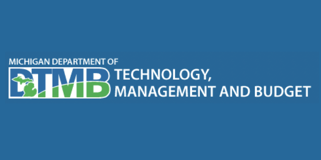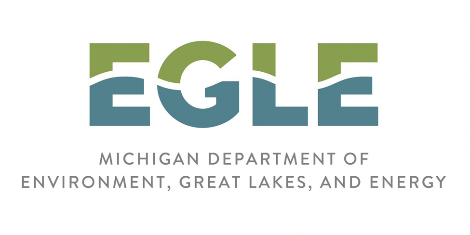
LANSING, Mich. – The state officially broke ground today on a new, state-of-the-art public health and environmental science laboratory to be constructed at the State Secondary Complex in Dimondale. The new 300,000-square-foot facility will house consolidated lab space for the Michigan Department of Health & Human Services (MDHHS); the Michigan Department of Environment, Great Lakes, and Energy (EGLE); and the Michigan Department of Labor and Economic Opportunity (LEO).
“The Bureau of Laboratories performs expansive testing to protect the health and safety of the public – including newborn screenings, testing for infectious diseases like tuberculosis or legionellosis, testing for infectious agents and toxins like rabies or harmful algal blooms, and monitoring for chemicals in fish,” said MDHHS Director Elizabeth Hertel. “We are incredibly proud of the work performed by our employees at the Bureau of Laboratories and are excited for this new facility to support our life-saving efforts.”
The new facility will expand upon and enable testing and other laboratory functions in a safe, secure environment designed to promote efficiency, collaboration, and innovation. The MDHHS Bureau of Laboratories currently provides a wide variety of clinical and environmental public health testing. Its total volume of all testing is close to 7 million tests per year, making it one of the top seven state public health laboratories in the nation. Examples of testing include:
- Infectious diseases in humans, such as tuberculosis or legionellosis, including more than 400,000 tests annually, as well as processing more than 200,000 specimens, including bioterrorism and chemical terrorism specimens submitted by law enforcement and the FBI.
- Infectious agents and toxins in materials humans have been exposed to, such as testing for the presence of rabies in a bat that bit someone or testing for toxins from harmful algal blooms. Rabies testing alone saves the state around $30 million by avoiding the administration of unnecessary post exposure prophylaxis (PEP).
- Every newborn baby in the state gets screened for 58 different potential life-threatening disorders within 36 to 72 hours of birth.
- More than 500,000 tests to measure biomarkers of chemical exposures in humans, including blood lead testing and testing for per-and polyfluoroalkyl substances (PFAS) in blood.
“More than 10 million people rely on EGLE to monitor the quality of their air, soil, and water, and we serve as Michigan’s principal drinking water laboratory under the Safe Drinking Water Act,” said EGLE Director Phil Roos. “This new laboratory will increase the speed and efficiency of our handling of more than 100,000 samples and 2.5 million test results that EGLE currently processes every year, which is critical to protecting the public health of all Michiganders.”
LEO’s Michigan Occupational Safety and Health Administration (MIOSHA) helps protect the safety and health of Michigan workers by striving to work collaboratively with employers and employees to better prevent workplace injuries, illnesses, and fatalities. With two enforcement divisions covering general industry and construction industry employers, MIOSHA consultation and enforcement staff collect samples during their field activities and send them to the MIOSHA laboratory for analysis.
“Laboratory testing for occupational hazards is a critical component of our work to protect employee health and safety,” said MIOSHA Director Bart Pickelman. “With 300,000 employers and 4 million employees in Michigan under MIOSHA jurisdiction, this new laboratory will further our ability to protect workers and provide a valuable service for years to come.”
The total budget for the new lab is $326 million, which includes $260 million in federal funding from the American Rescue Plan Act’s Coronavirus State and Local Fiscal Recovery Funds.
“Thanks to President Biden, members of our congressional delegation, and Gov. Whitmer’s leadership, Michigan has the opportunity to make this transformative investment that will benefit Michiganders for decades to come,” State Budget Director Jen Flood said. “Today’s groundbreaking is a monumental step toward making a state-of-the-art health and environmental science laboratory a reality and ensuring Michigan remains a national leader.”
The lab is expected to be completed by late 2026 and will feature sustainable design elements, including a geothermal based heating and cooling system, extensive use of daylighting and energy efficient LED lighting, water-saving plumbing fixtures, and cross-laminated timber on the exterior wall panels, which offers high carbon sequestering to help reduce the facility’s carbon footprint. The new building will be maintained and operated by the Michigan Department of Technology, Management & Budget.
“The new consolidated state lab will be a shining example of innovation through collaboration,” said DTMB Director Michelle Lange. “Without the efforts of Gov. Whitmer, the state legislature, and the federal government, we would not be able to deliver a state-of-the-art facility, giving us increased capacity to meet the health and safety needs of state residents.”

Officials from the State of Michigan break ground on a new state lab being built at the State Secondary Complex in Dimondale, Michigan. Photo credit: Steve Barosko, Michigan Department of Health & Human Services.
###














